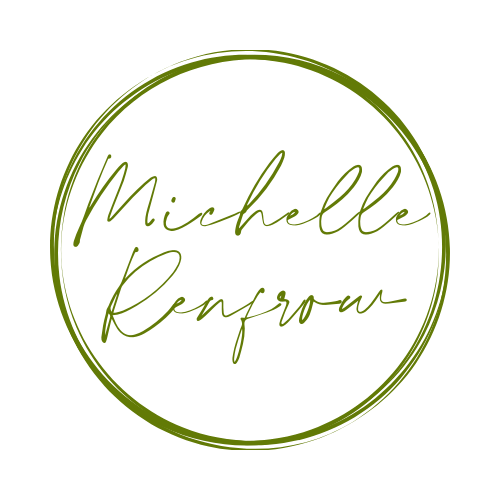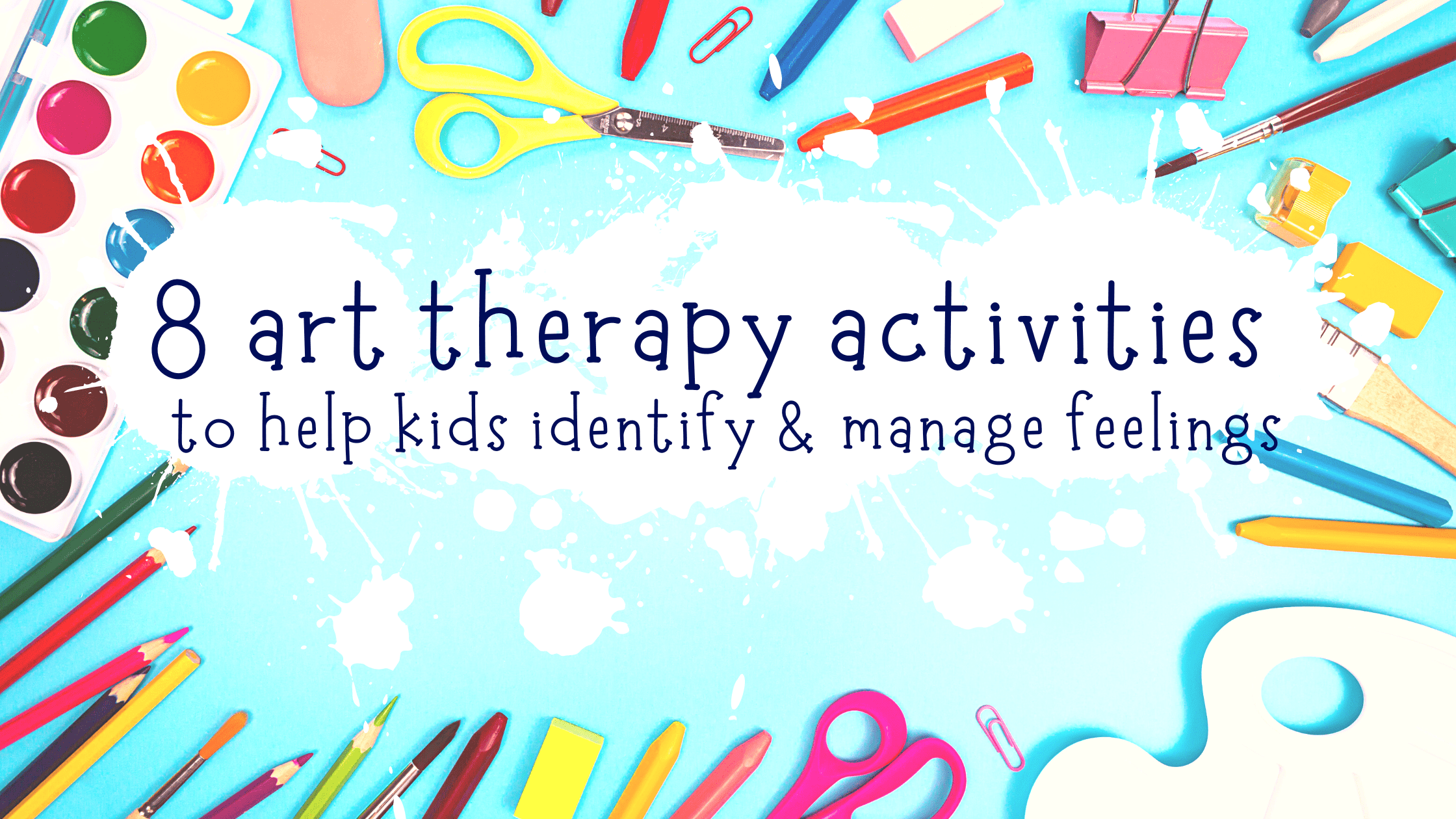
Your kids may be having a serious case of the feels these days—from sadness and anxiety to feeling disconnected, lonely, and bored. And no wonder! While most of us are not certified art therapists, we can still incorporate a few art therapy activities to help them identify and manage their emotions.
What is art therapy? Weareteachers.com has a great definition of what art therapy is. Art therapy is a therapeutic process that integrates psychotherapy and art. It can help kids explore their emotions, improve self-esteem, relieve stress, and ease anxiety and depression.
Krista Reinhardt-Ruprecht, a registered psychotherapist, explains how art therapy works. “When we’re stuck in feeling states,” she says, “we are in the right hemisphere, low in the brain, and it’s hard to climb out of that. When we use our hands to make art, we trigger our left hemisphere to come back online. Meanwhile, we are making an internal emotion into an external piece of art, which can help us by looking at it as separate from who we are.”
A list of 8 fan favorites that are used in art therapy
Drawing and Coloring Mandalas – In art therapy, drawing figures with repeated patterns, like mandalas, is good for regulating emotions and the nervous system. It can help kids focus their attention and calm down. After drawing them, they can color them in! This site has a great image of one and has other cool ideas for different art therapy techniques.
Making Nature Art – I LOVE going outside in nature with my clients. There are so many benefits to going outside. You get vitamin A from the sun, you get to breathe fresh air, you get to exercise, and you get to look for cool things in nature to use in your art. Nature can be a form of art therapy.
Something about the materials that come from the Earth are very calming to me. Just being outside is calming but also for some reason when I take from the Earth to create my nature it’s almost like it’s an extension of me.
Making a dreamcatcher from a tree branch that’s falling down and feathers and flowers that you find in nature is a great outdoor task. Actual weaving of the Mandela web is a little challenging so here’s a video link for how that works. I made a dreamcatcher using materials I found in nature over 20 years ago and it’s still hanging in my art studio now.
Picture Your Emotions – I took a training once where the speaker talked about drawing your angry monster. Give it as much detail as possible. Use color, pattern and anything else you need to give it an identity. They tell it to “shut up” , tell it “it has no place here” , talk to it like it’s a separate being from yourself and then you can decide when and if the angry monster can come for a visit. You can also decide to send it away.
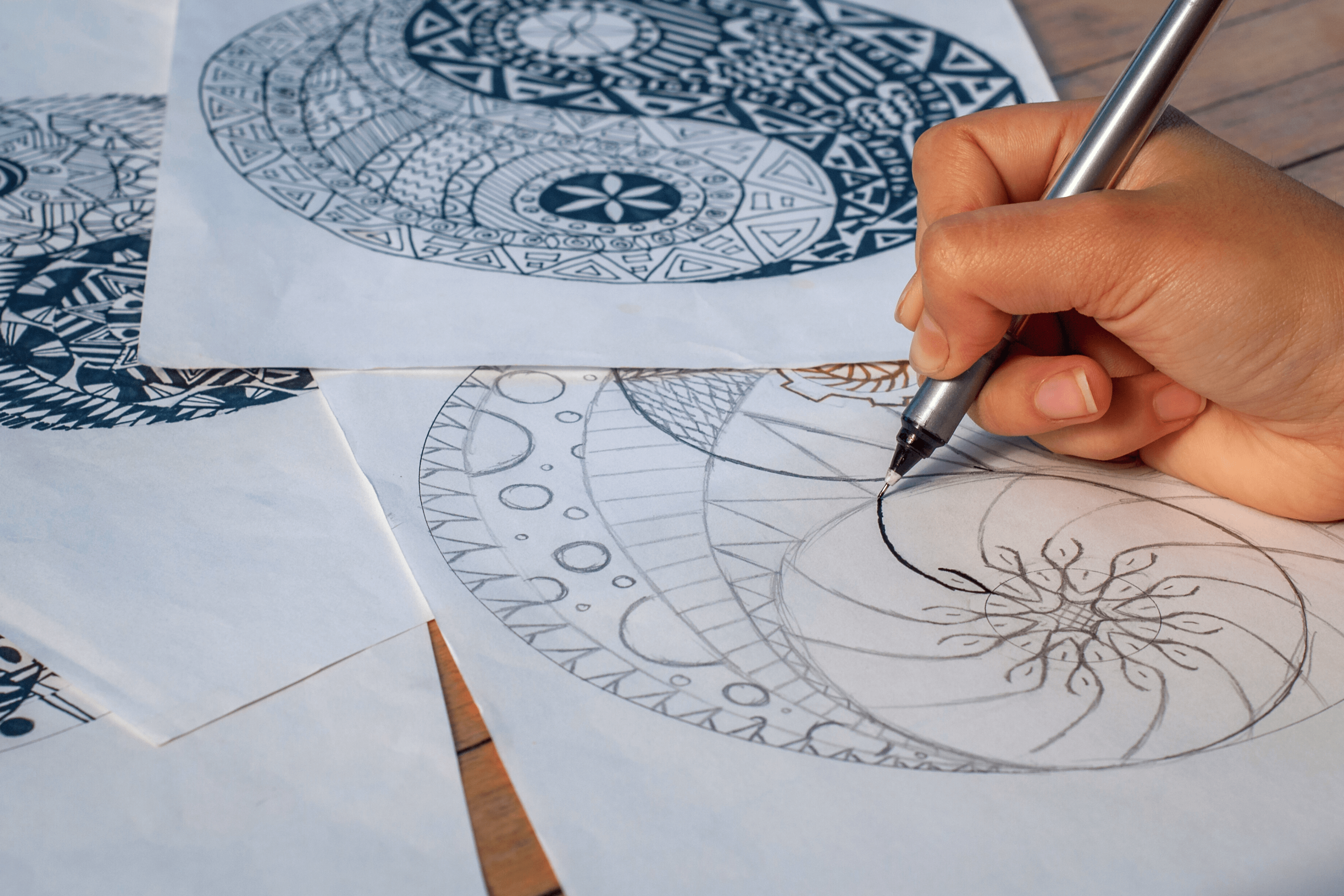
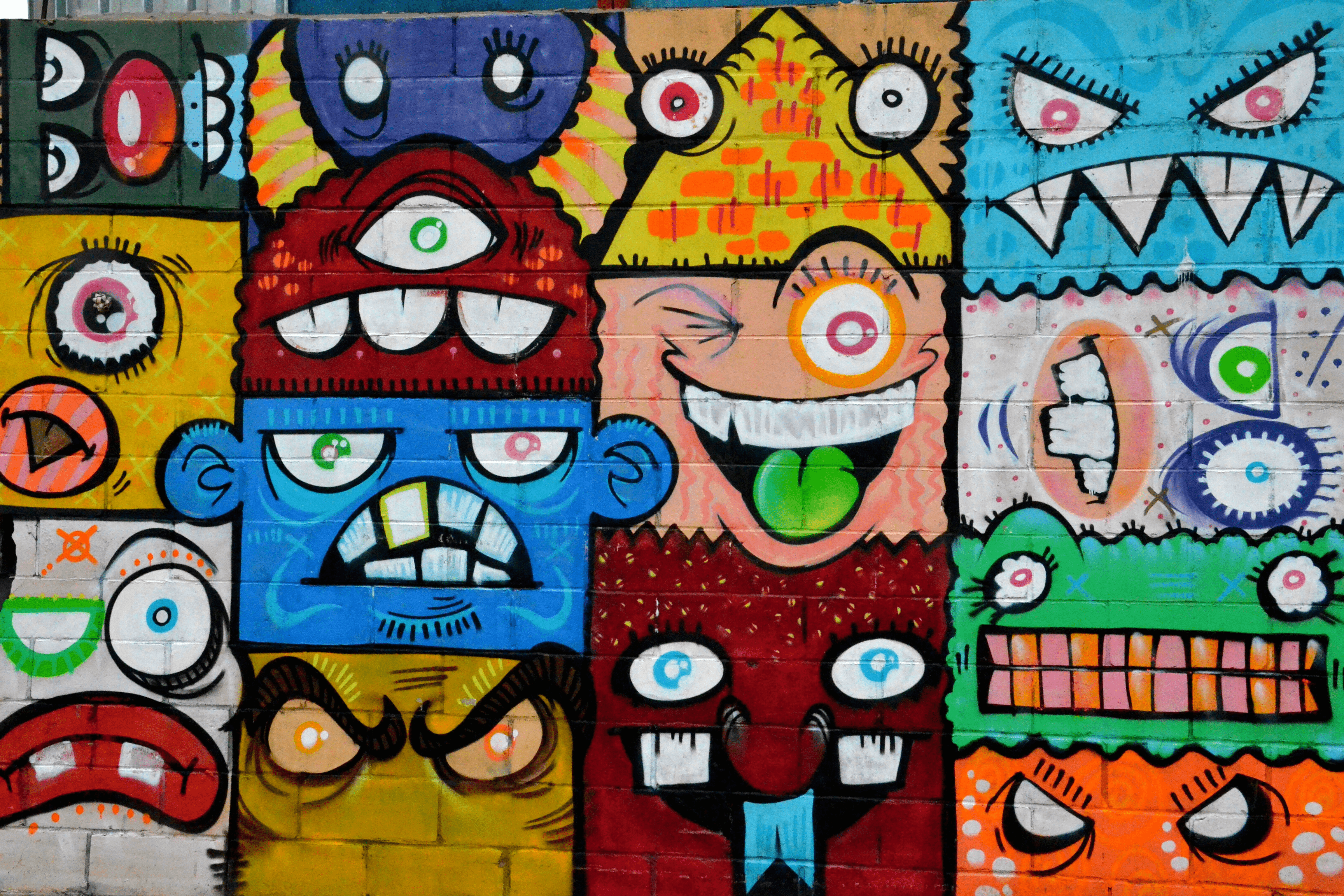
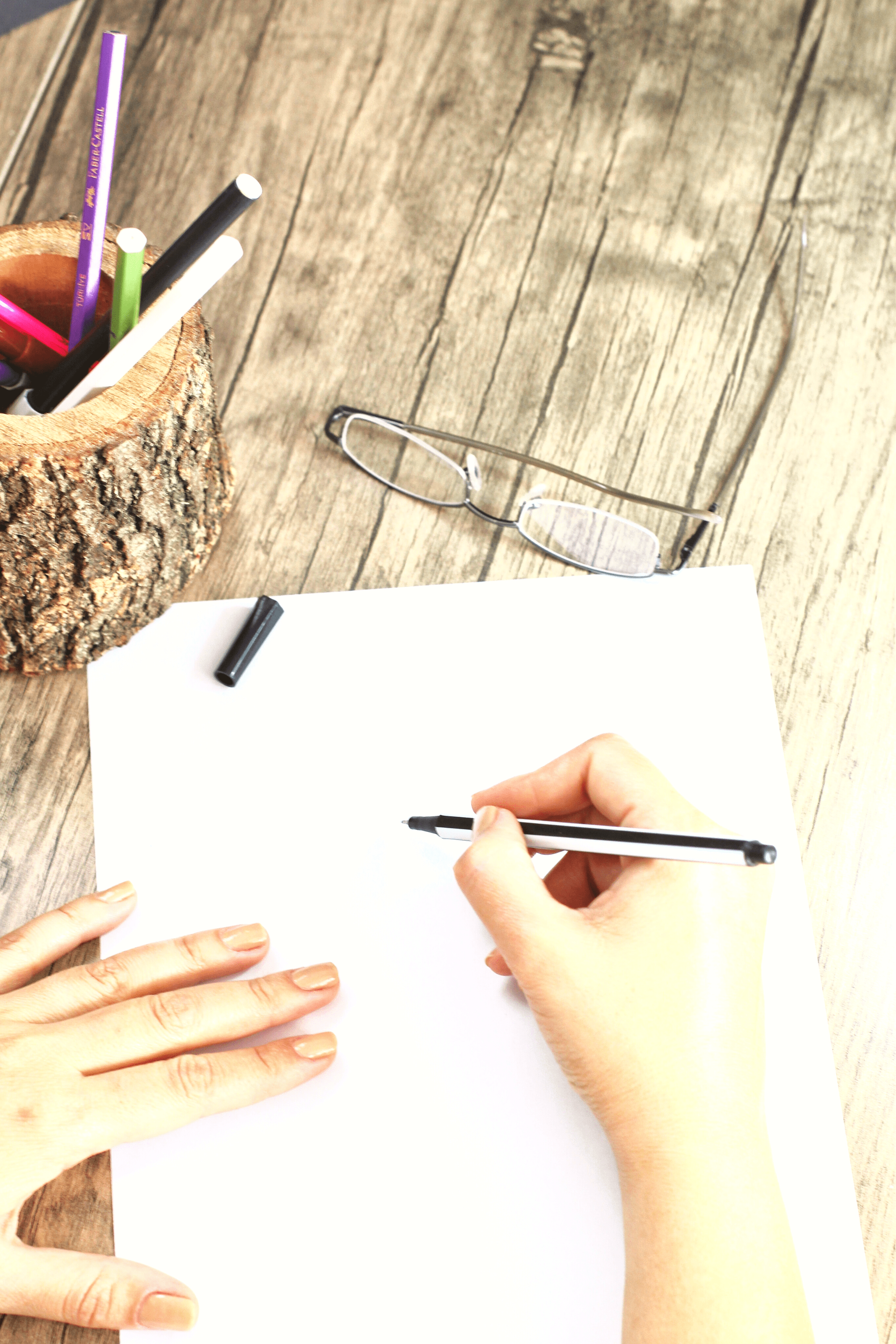
Expanding ideas about what is considered art
Repurposed Art – I’ve watched people take hardback novels and paint the outside edge of the novel to match the content of the book. For example, somebody painted a picture of Hogwarts and the mountains and the water along the edge of one of the Harry Potter novels.
Repurposing something that you have or something that you found into something new is a cool way of reimagining or even learning to redirect your anxiety or other negative feelings.
Writing It Out – This is a form of art therapy. When I work with clients who are experiencing certain levels of grief and loss, sometimes we will write a letter to the person who hurt us or the person we are missing. I would then let them decide if they wanted to tear it up and bury it in the ground with some seeds.
This allows the angry words to turn into something beautiful and they can experience letting go of some of those negative emotions. Sometimes I’ve had them put their letter or pieces of it inside a balloon and release it into the air. However I no longer do this because balloons are bad for our animals in nature.
Picture It! Photos and pictures in art therapy
Collage Art – I’m a huge proponent of collage work as a form of art therapy. Some people use it to make vision boards, some people use it to make mood boards. I like to use it to identify all the positive values that the teen girls that I work with have about themselves.
It’s a visual recognition of who they are and where they come from as well as a daily reminder (hoping that they hang it somewhere they can see it everyday) of how spectacular they are.
Collage work is great because there’s a physical sensation of tearing and cutting and manipulating the materials you’re working with. Sometimes the mixed media materials that I provide are soft or sharp or rough or scratchy.
And this can be a very tactile experience for my clients that for some reason is soothing. As I can benefit but doing collage work, the creative process itself of putting things together and organizing them in different ways is a very comforting thing for your brain.
The top image is an example of a word collage I did with a middle school group of girls who are working on their self-esteem and self-worth. We went around the room making a list of values that we saw and other people in our life or famous people.
Once we made a really good list I challenged them to paint all of those words on a canvas and hang the canvas somewhere where they can see it everyday to remind them that they are just as amazing as all the people they were thinking about when they made their list to begin with.
Photo Collages as Art Therapy – Dr. Cathy Malchiodi from this article, explains the process of magazine photo collage as “using images to create a visual narrative that enhances the dialogue between client and therapist.”
A simple way to do this at home is to have your child cut out images from magazines that catch their eye. Then give them a piece of paper and glue and have them arrange the images in a collection. If they are willing, ask them to narrate their process as they go.

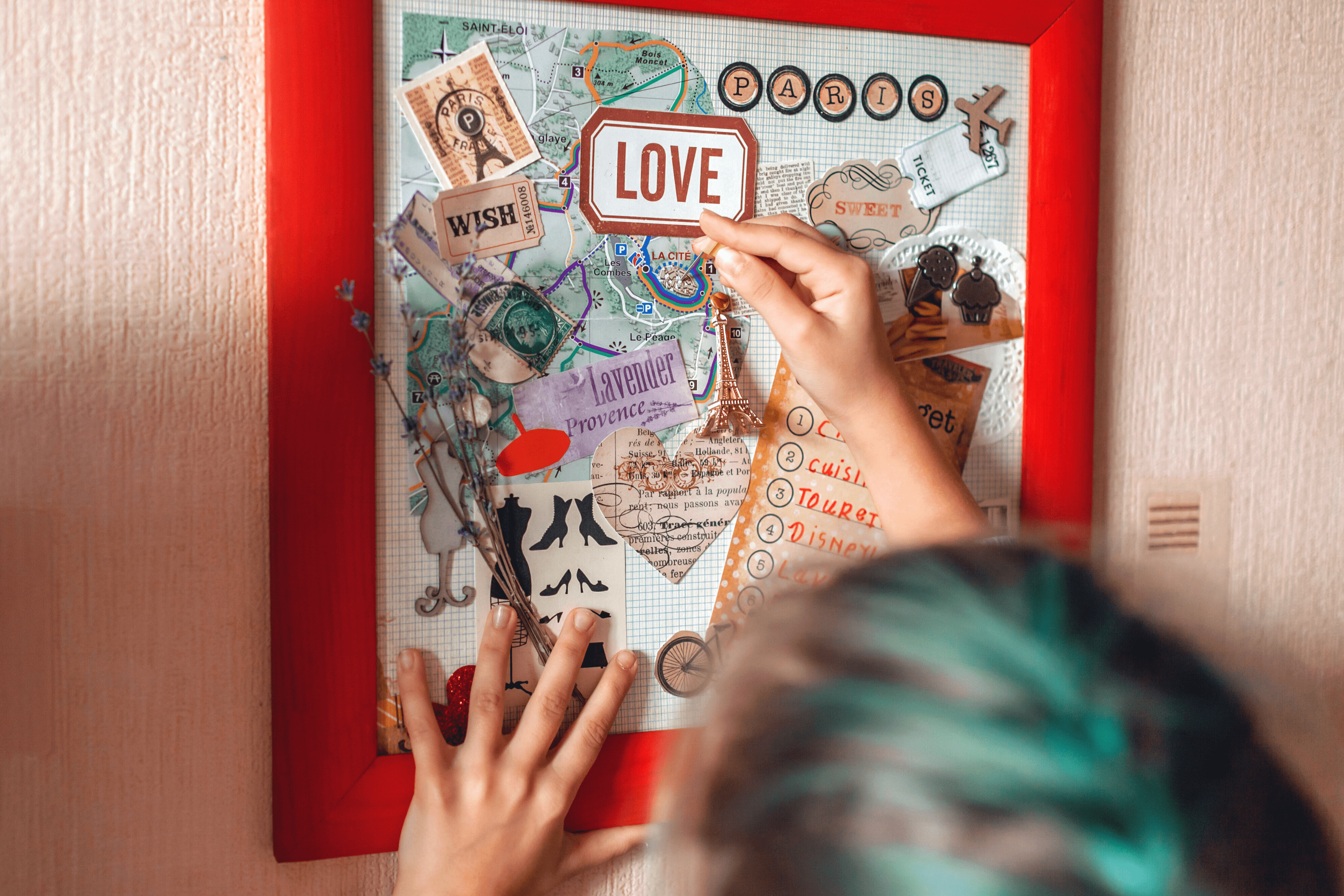
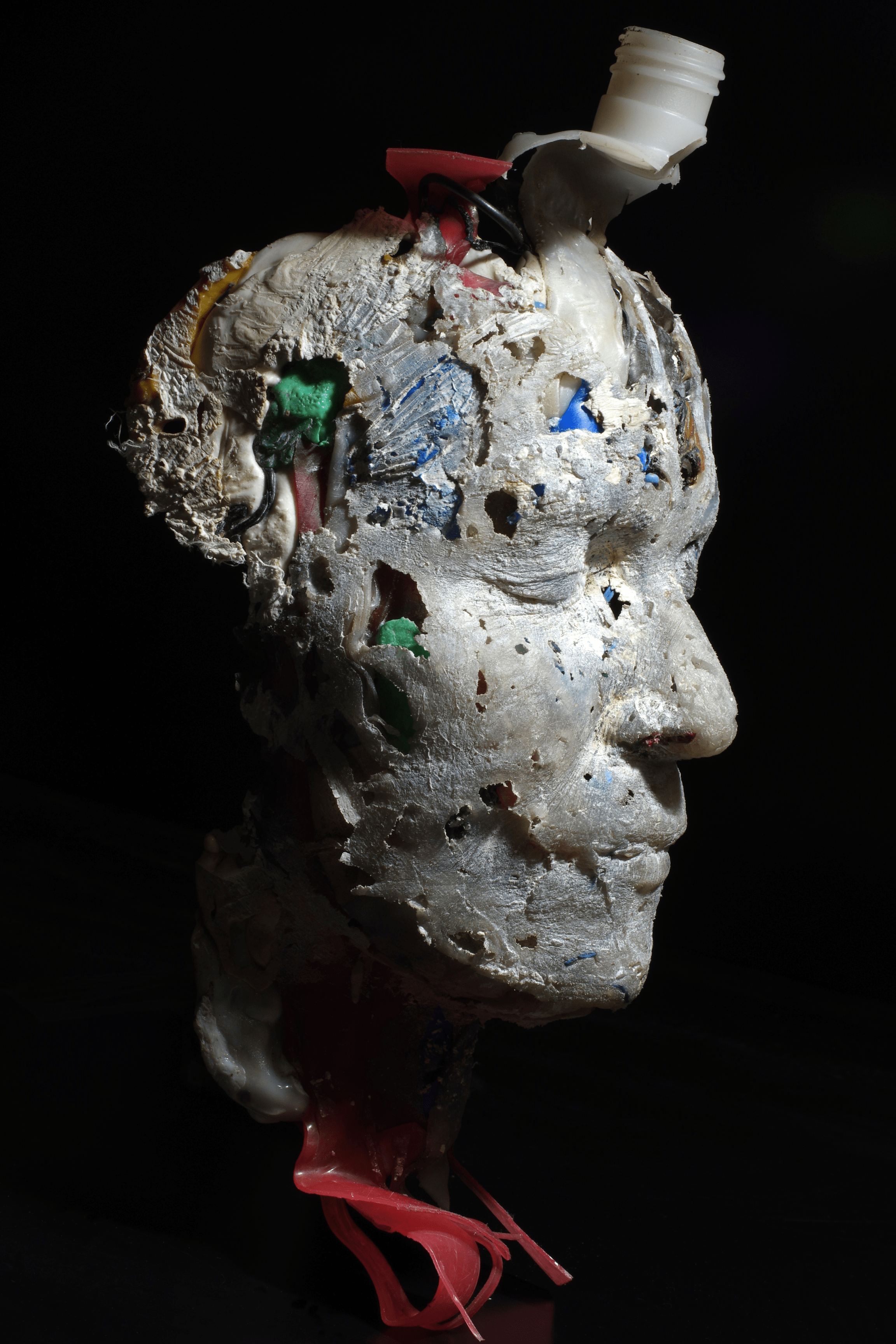
Continue The Expansion of the Idea Of What Art Is
Mask Making – In art therapy, creating or decorating a mask often leads to exploring different aspects of our personality. Sometimes we can create a mask that reveals feelings that are hard to express.
Give your child a pre-formed mask or make one out of paper and give them free rein to embellish it however they’d like. When they are finished, ask them to tell you the story of the mask.
In high school I had the coolest therapist and we made masks of our own faces! We used petroleum jelly on our faces and then took turns using plaster wrap to cover our partners face.
While it was drying we did a trust walk with the person whose face we had covered. It had so many facets of therapy involved in this activity.
I use the plaster wrap from any craft store or online shop. If you are doing the full face, make sure you cover the eyes with petroleum jelly very well and leave holes for the nostrils. Some people with trust issues might not want their eyes covered so keep that open for them to choose.
Sculpting Your Family – In art therapy a very significant activity that I do with my family is to create a sculpture of what their family looks like. You can give everyone air-dry clay, Play-Doh, ceramic clay that can be fired afterwards. Whatever you use is not as relevant as the product that comes out of it.
I like to do this activity in one of two ways. One way is for you to assign each family member to create their own clay sculpture that includes all of their family members. This gives you an opportunity to see what that one person sees when they create an image of their family.
The second option is to have the family create one family sculpture together. This gives you an opportunity to see how the family works together to solve a challenge, it lets you see leadership dynamics, And gives you an overall opinion of how the family functions as a unit.
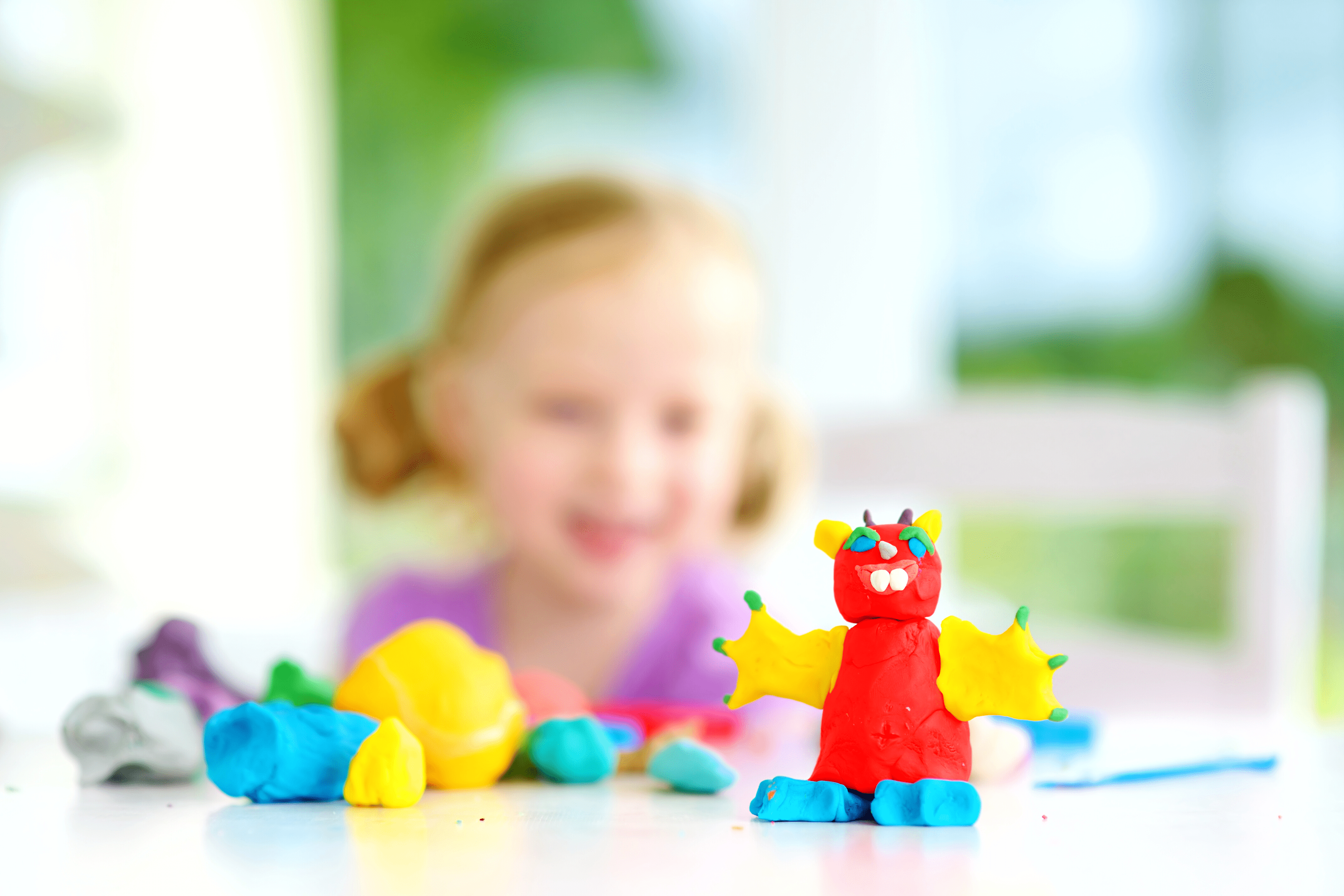
Hopefully you found some inspiration from these art therapy techniques that I like to use. Feel free to try them out with your clients or your family and let me know how they work out for you. I’d also love your feedback on any activities that you use that I didn’t list here or that are your fan favorites! Happy arting!
